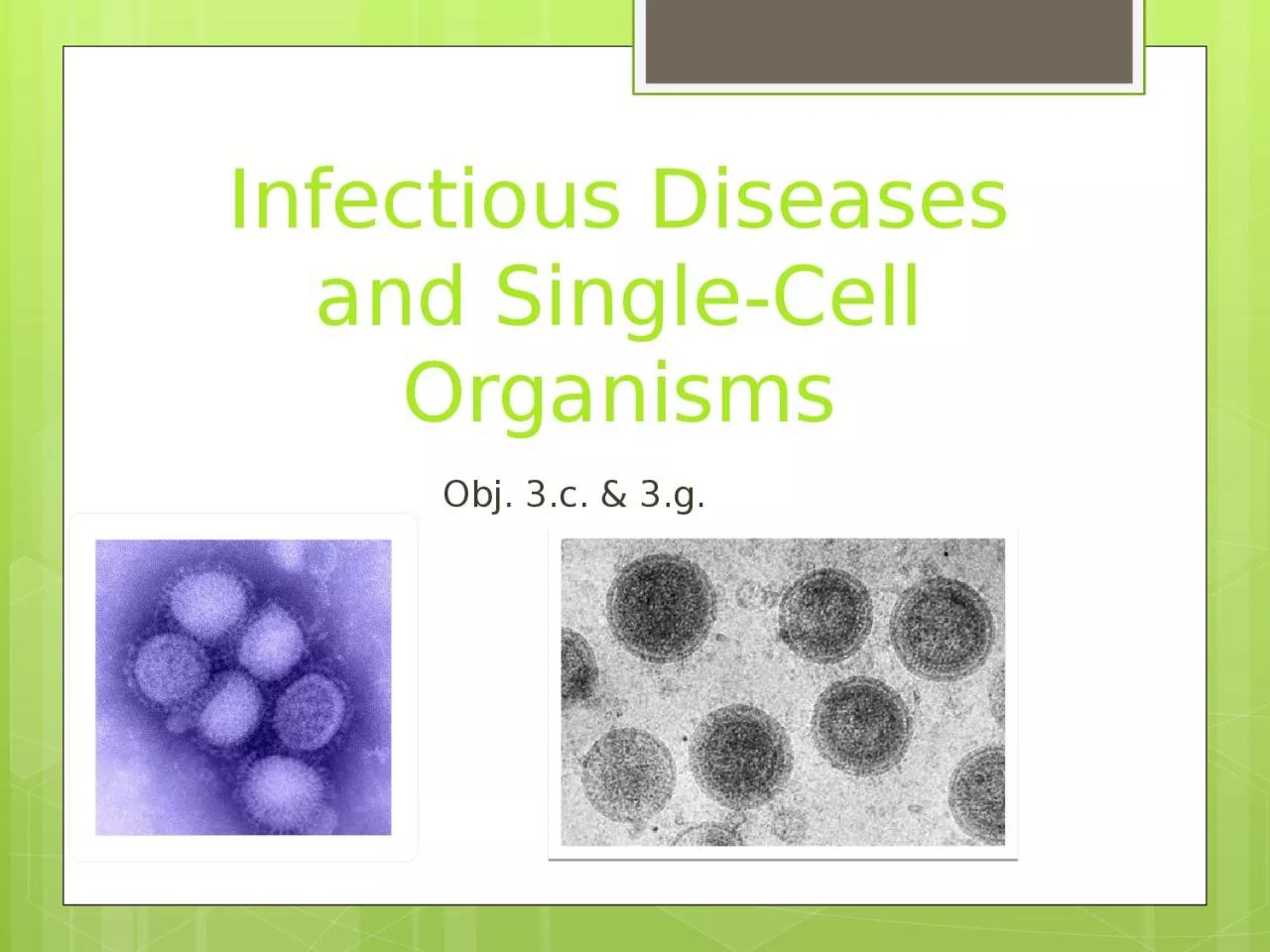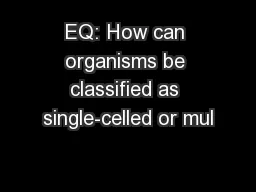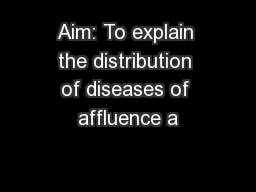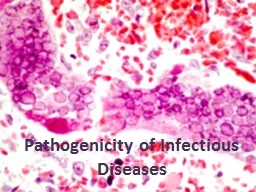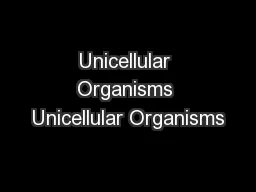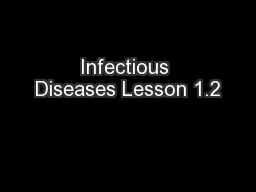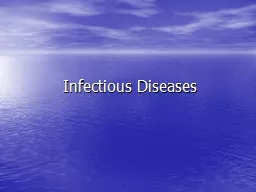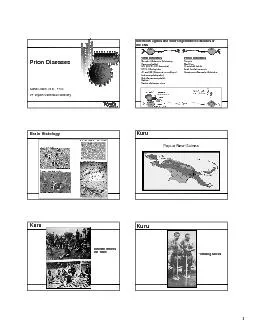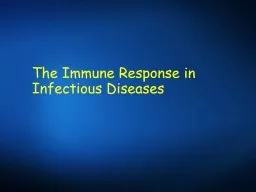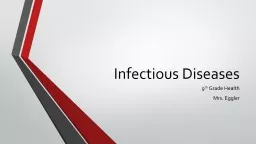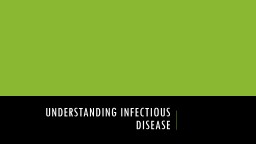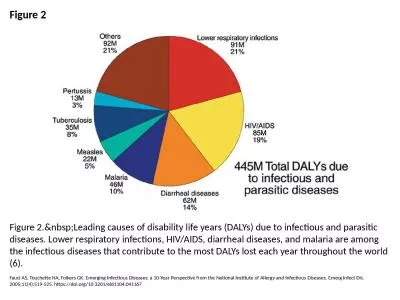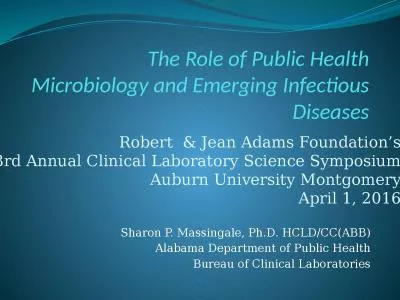PPT-Infectious Diseases and Single-Cell Organisms
Author : carny | Published Date : 2023-11-23
Obj 3c amp 3g Diseases Caused By Cells A disease is a condition that stops the body from functioning normally Noninfectious diseases are not spread from person
Presentation Embed Code
Download Presentation
Download Presentation The PPT/PDF document "Infectious Diseases and Single-Cell Orga..." is the property of its rightful owner. Permission is granted to download and print the materials on this website for personal, non-commercial use only, and to display it on your personal computer provided you do not modify the materials and that you retain all copyright notices contained in the materials. By downloading content from our website, you accept the terms of this agreement.
Infectious Diseases and Single-Cell Organisms: Transcript
Download Rules Of Document
"Infectious Diseases and Single-Cell Organisms"The content belongs to its owner. You may download and print it for personal use, without modification, and keep all copyright notices. By downloading, you agree to these terms.
Related Documents

